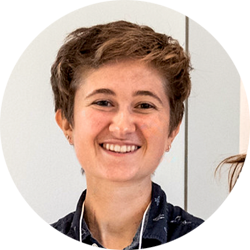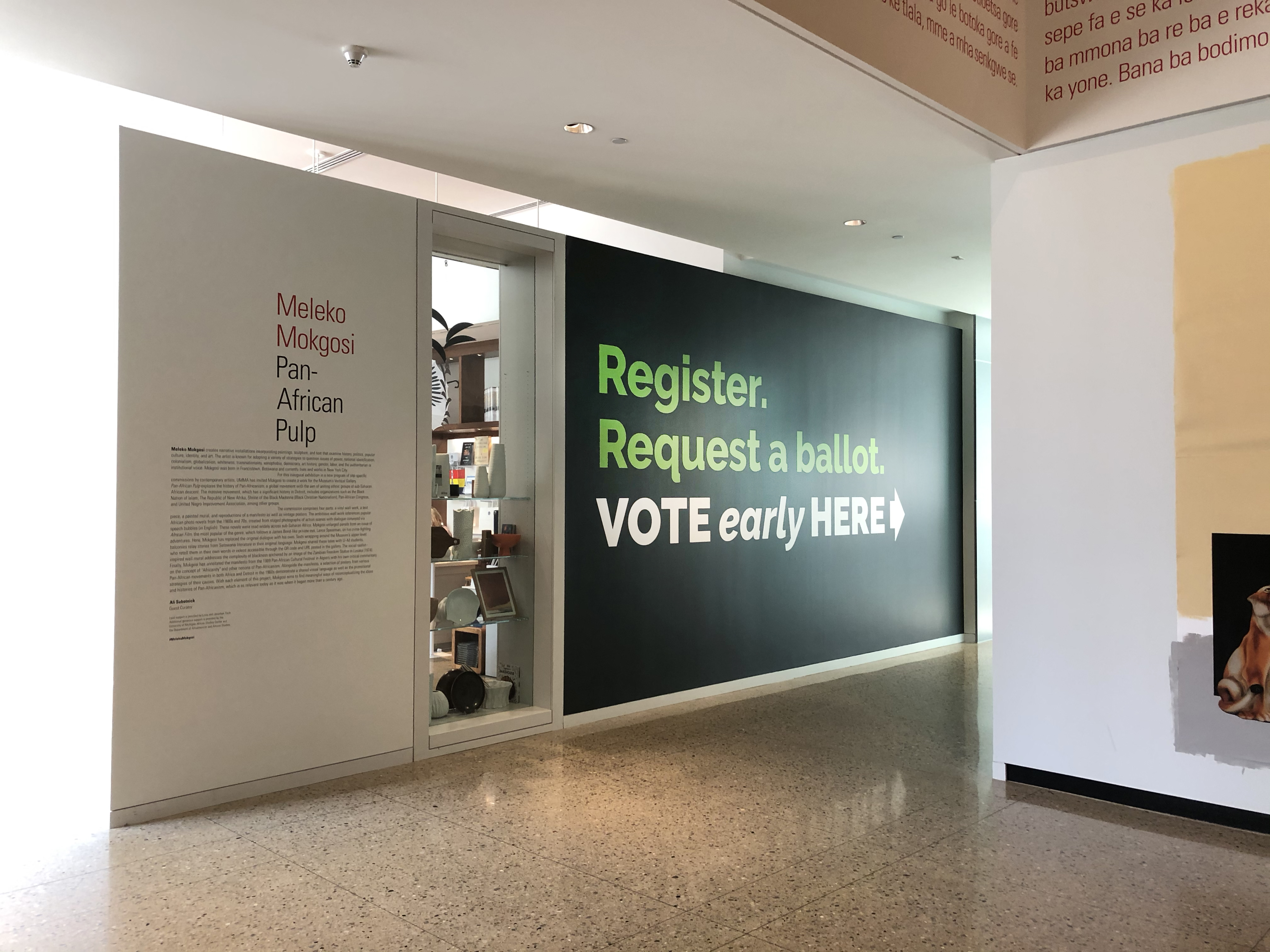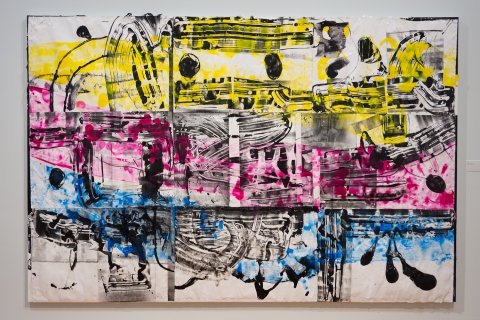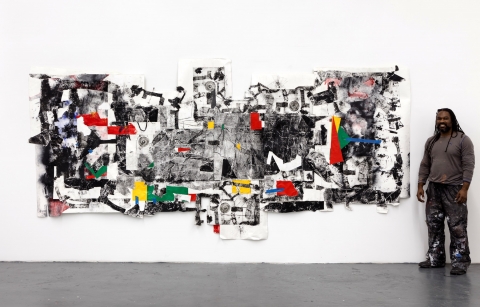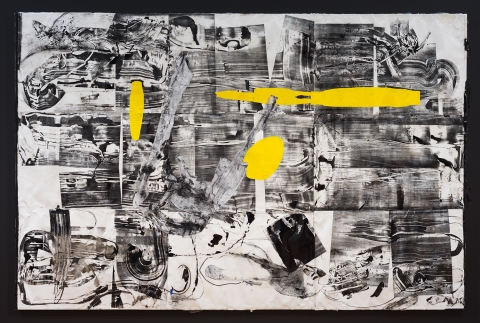This past week, UMMA staff members and employees of the Ann Arbor City Clerk’s office set up a Satellite City Clerk’s Office in UMMA’s Stenn Gallery. The office will be available for those wishing to register to vote, request a ballot, and vote early, among other services. The Stenn Gallery is a room on the northwest corner of the building with glass walls, making its interior visible to passersby.
The room is still a kinetic light blue color, as the walls and much of the furniture are recycled from Courtney McClellan’s Witness Lab exhibition and installation earlier this year. The room has a lot of natural light, monitors and tables, and an overall streamlined design. It is a central, dedicated space at UMMA for engaging with this year’s United States presidential election.
Now, I’ve had civic duty impressed upon me for as long as I can remember. From age eight to eighteen, my dad insisted on taking me into the voting booth with him at every election. I remember tagging along on what seemed like random Tuesday evenings to the middle school gym or community center in my hometown, wherever our pop-up precinct polling place happened to be. There were always long lines, sterile surroundings, and a hushed energy that permeated the room. I’d notice the immediate shift in feeling once we got to a booth, the small cardboard walls providing an illusion of isolation and privacy. Every action became noticeably deliberate. It struck me as a strange but almost holy place.
In the days leading up to each election and even in line to check in at the voting booth, we’d be discussing the candidates and ballot initiatives. My dad and I disagreed on a lot of things – we still do – but every once in a while, I’d change his mind. It was the first space I knew where political dialogue and disagreement could be a helpful and productive thing.
A lot of that feeling of welcome confrontation came from the fact that we were in a dedicated, neutral space. Physical spaces can heavily affect the mental and emotional states of their inhabitants. Cullen Washington Jr.’s recent exhibition at UMMA, The Public Square, gets directly to this point. The show, which existed in person at the beginning of 2020 and is now viewable online, includes nine mixed media collages called “Agoras” that are each on fifteen-to-twenty-foot canvases. They are abstract, two-dimensional constructions on a grid with various brushstrokes and found objects that go beyond the boundaries of the original foundation. They feel neat and logical, yet free and boundless at the same time.
They’re also huge. I often found myself in that exhibition early this year, and every time I stood in front of those pieces, it felt like I was in the middle of some kind of frozen colorful windstorm. These works create an energetic atmosphere, one where it feels less daunting to take risks and break conventions.
